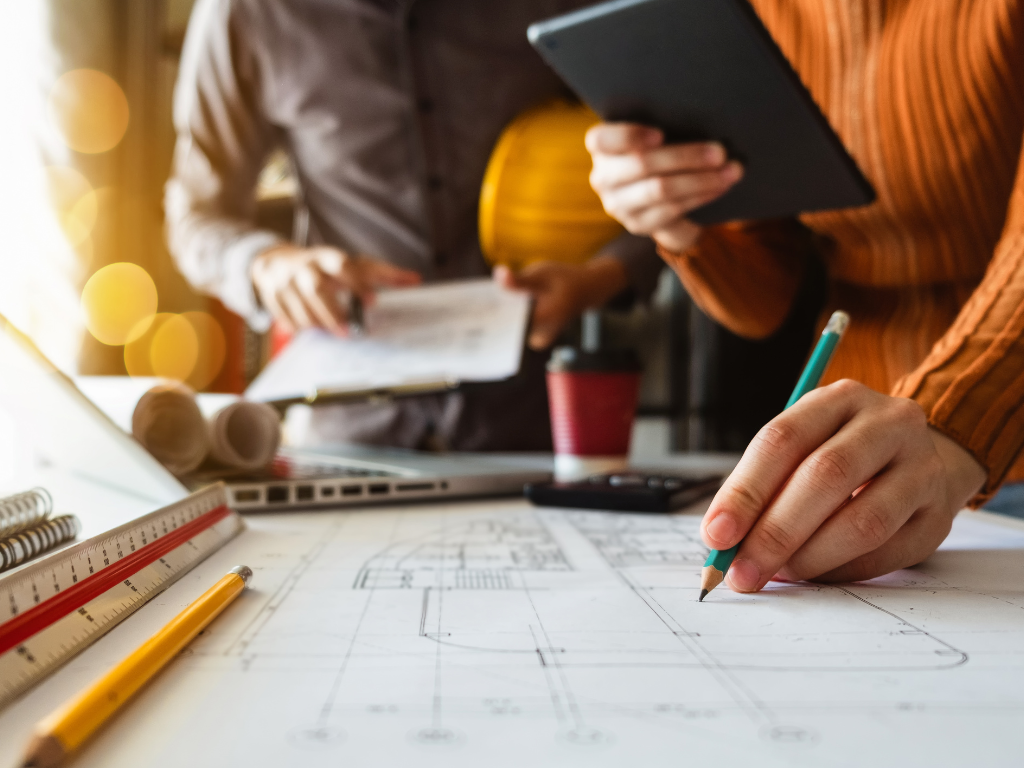
Retrofitting in construction involves updating and modifying existing structures to improve their performance, safety, and energy efficiency. This process is crucial for maintaining and enhancing the value and functionality of buildings. This article delves into the various retrofitting techniques, their benefits, and how tools like Building Radar can support retrofitting projects.
Understanding Retrofitting
Definition and Overview
Retrofitting is the process of upgrading or improving an existing building or structure to enhance its performance or extend its lifespan. It can involve a range of modifications, from structural improvements to energy efficiency upgrades. As explained by Melbourne VIC, retrofitting can address issues such as outdated systems, structural weaknesses, and compliance with modern standards.
Importance of Retrofitting
Retrofitting is essential for several reasons:
- Compliance with Modern Codes: Updating buildings to meet current building codes and regulations.
- Enhanced Safety: Improving structural integrity and safety features.
- Energy Efficiency: Reducing energy consumption and operating costs through modern technologies.
Common Retrofitting Techniques
Structural Retrofitting
Structural retrofitting focuses on strengthening the building’s structural components to handle increased loads or seismic activity. Techniques include adding new support elements, reinforcing existing structures, and using advanced materials like carbon fibre.
Energy Efficiency Upgrades
Energy retrofitting aims to reduce energy consumption and improve the environmental performance of buildings. This can involve installing new insulation, upgrading windows and doors, and implementing advanced HVAC systems. Elmhurst Energy provides detailed insights into various energy efficiency upgrades.
Seismic Retrofitting
Seismic retrofitting involves enhancing a building's ability to withstand earthquakes. Techniques include strengthening foundations, adding shock absorbers, and reinforcing walls. This type of retrofitting is particularly important in earthquake-prone regions.
Water Management Improvements
This technique addresses issues related to water ingress and drainage. It includes upgrading waterproofing systems, improving drainage systems, and installing new water management solutions to prevent water damage and improve the building's longevity.
Benefits of Retrofitting
Increased Property Value
Retrofitting can significantly increase the value of a property by modernizing its features and improving its performance. Updated buildings often attract higher rental yields and resale values.
Enhanced Safety and Comfort
Improved structural integrity and modern amenities enhance the safety and comfort of occupants. Energy-efficient upgrades also contribute to a more comfortable living or working environment by maintaining stable indoor temperatures.
Cost Savings
Energy efficiency retrofitting can lead to substantial cost savings on utility bills. Additionally, addressing maintenance issues through retrofitting can prevent costly repairs in the future.
Building Radar: Enhancing Retrofitting Projects
Incorporating advanced tools like Building Radar into your retrofitting strategy can provide significant advantages. Building Radar offers innovative solutions for identifying new construction projects and market opportunities, which can be particularly useful for those involved in retrofitting.Building Radar utilizes AI technology to pinpoint upcoming projects early, helping teams to identify potential retrofitting opportunities. Their platform supports effective specification development and offers tools for early project identification, enabling you to secure high-margin retrofitting contracts. By integrating Building Radar’s scalable Revenue Engineering Software, you can streamline lead processes, maximize conversion rates, and improve overall project management.With over 45 search filters and seamless CRM integration, Building Radar ensures that users have comprehensive project data at their fingertips. This leads to more effective targeting and better management of retrofitting opportunities, ultimately resulting in increased ROI and a competitive edge in the market.
Conclusion
Retrofitting is a crucial process in modern construction, offering numerous benefits including increased property value, enhanced safety, and cost savings. By employing various retrofitting techniques and leveraging advanced tools like Building Radar, you can maximize the effectiveness of your retrofitting projects and achieve greater success in the industry.



